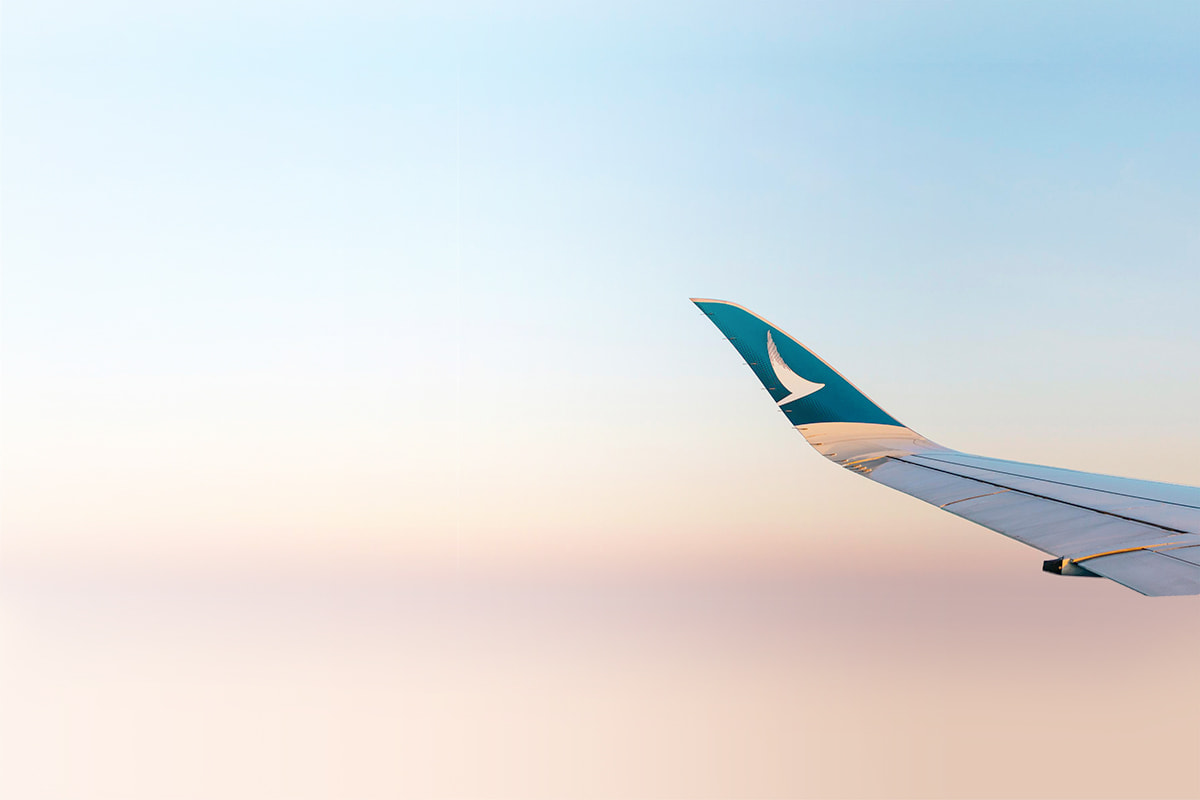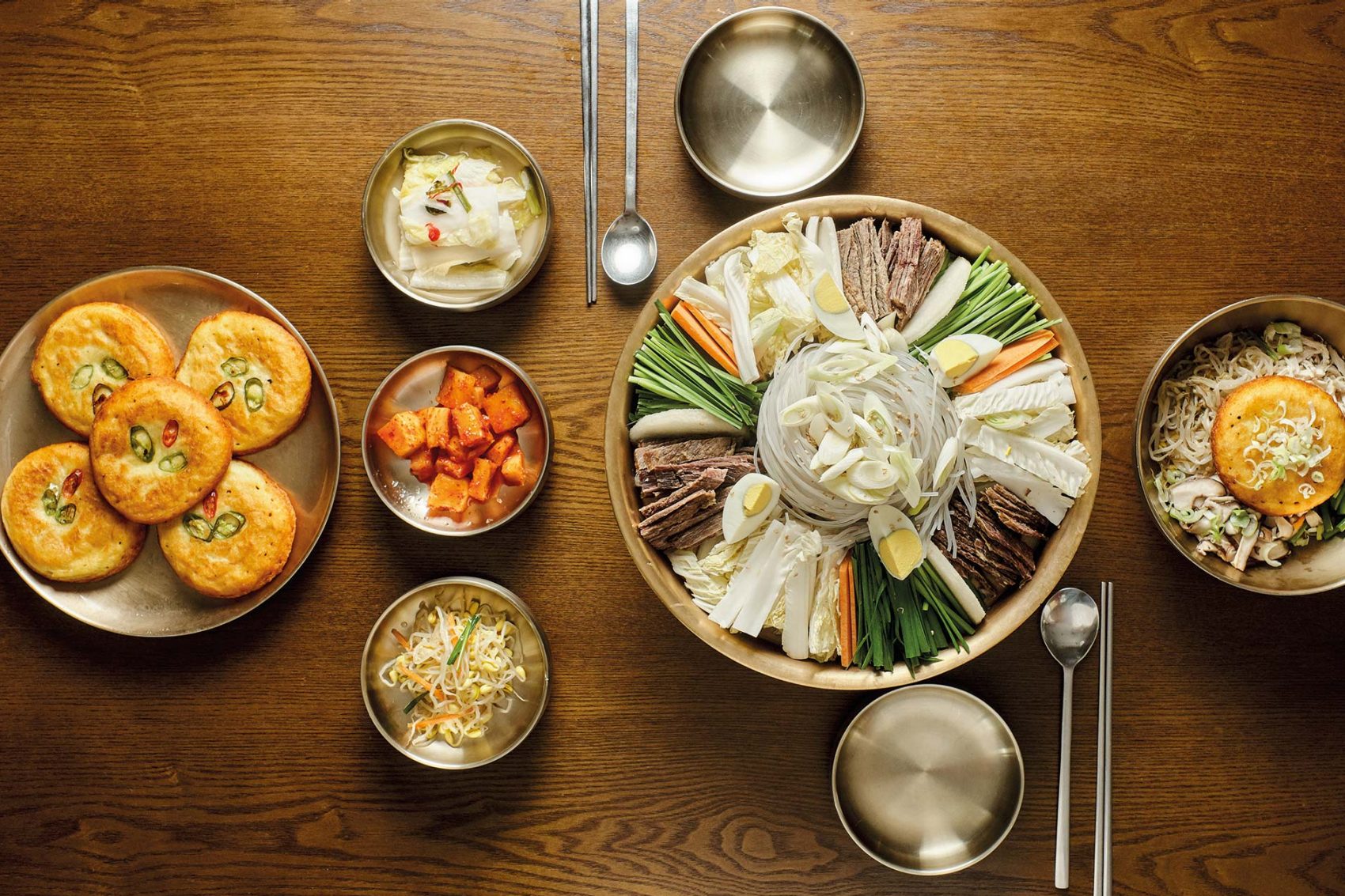I never felt Korea was calling. I’m not a fan of Korean pop culture, and my knowledge of Korean cuisine had always been limited – to kimchi, fried chicken and beer (chimaek), barbecue, stir-fried rice cakes (tteokbokki) and army stew (budae jjigae) – basically bright red-hued dishes that will set your mouth on fire on impact.
But I change my tune on a recent trip to Seoul, where I reconnect with my friend Kyung-bin, who was born and raised in the South Korean capital. We meet for dinner at Jaha Son Mandu , a restaurant which has been serving up its mandu dumplings since 1993. I order a bowl – colourful, naturally dyed dumplings swimming in a light meat broth. But what really intrigues me are the pyeonsu, square-shaped meat or vegetable dumplings served chilled. They have their roots in North Korea, as my dining companion informs me.
‘In general, many North Korean dishes are lighter in flavour compared to their spice-forward, sauce-heavy southern counterparts,’ Kyung-bin says. As it turns out, her grandmother was originally from the north but fled to the south after the Second World War. Pyeonsu, she tells me, was once an imperial dish during the Joseon dynasty (1392-1897), and the North Korean city – and former capital – of Kaesong is home to some of the best renditions of this staple. ‘This cold dish is extremely popular during the summer; we usually just dip them in some soy sauce or vinegar,’ she adds.
They’re not identical to their northern cousins, says Park Hye-kyoung, owner of Jaha Son Mandu and a third-generation restaurateur whose signature dishes adhere to her grandmother’s recipes. ‘North Korean dumplings are larger than the South Korean ones. Ours are modified slightly for the audience in Seoul – we fold ours in a more delicate way and spend more time thinking about the presentation,’ she adds.

Credit: Dylan Goldby
Inspired by the meal, Kyung-bin and I set out in search of the most authentic North Korean dishes that Seoul has to offer. First stop – the North Korean Traditional Food Institute in Jongno-gu. Here we meet its founder Dr Lee Ae-ran, who treats us to a meal that includes mung bean pancakes and rice cake soup with potatoes, dishes that ‘can’t be had anywhere else in Seoul’, she tells us.
After escaping from North Korea in 1997, Lee went on to study food and nutrition and became the first female North Korean defector to earn a doctorate. In 2010, she received the International Women of Courage award from Hillary Clinton and Michelle Obama. In 2012, her institute opened a restaurant, Neungra Table , with the combined aim of preserving and passing on the culinary heritage of North Korea while helping other defectors assimilate into South Korean society by offering them proper training and job opportunities. Through the Center for Liberty & Unification, another organisation Lee founded, she promotes Korean reunification through the soft power of her culinary tradition.

Credit: Dylan Goldby
‘I’d like our guests to get a better understanding of North Korean culture after dining with us,’ she says.
Lee learned most of her knowledge of North Korean cuisine from her mother, and is proud of the dishes she serves. A recent addition to the menu is a braised pork shank, traditionally accompanied by alcohol and eaten by high-ranking officials in North Korea. Pyongyang hot rice, glutinous rice-stuffed Korean sausage and Kaesong steamed turnip are some of her other favourites.
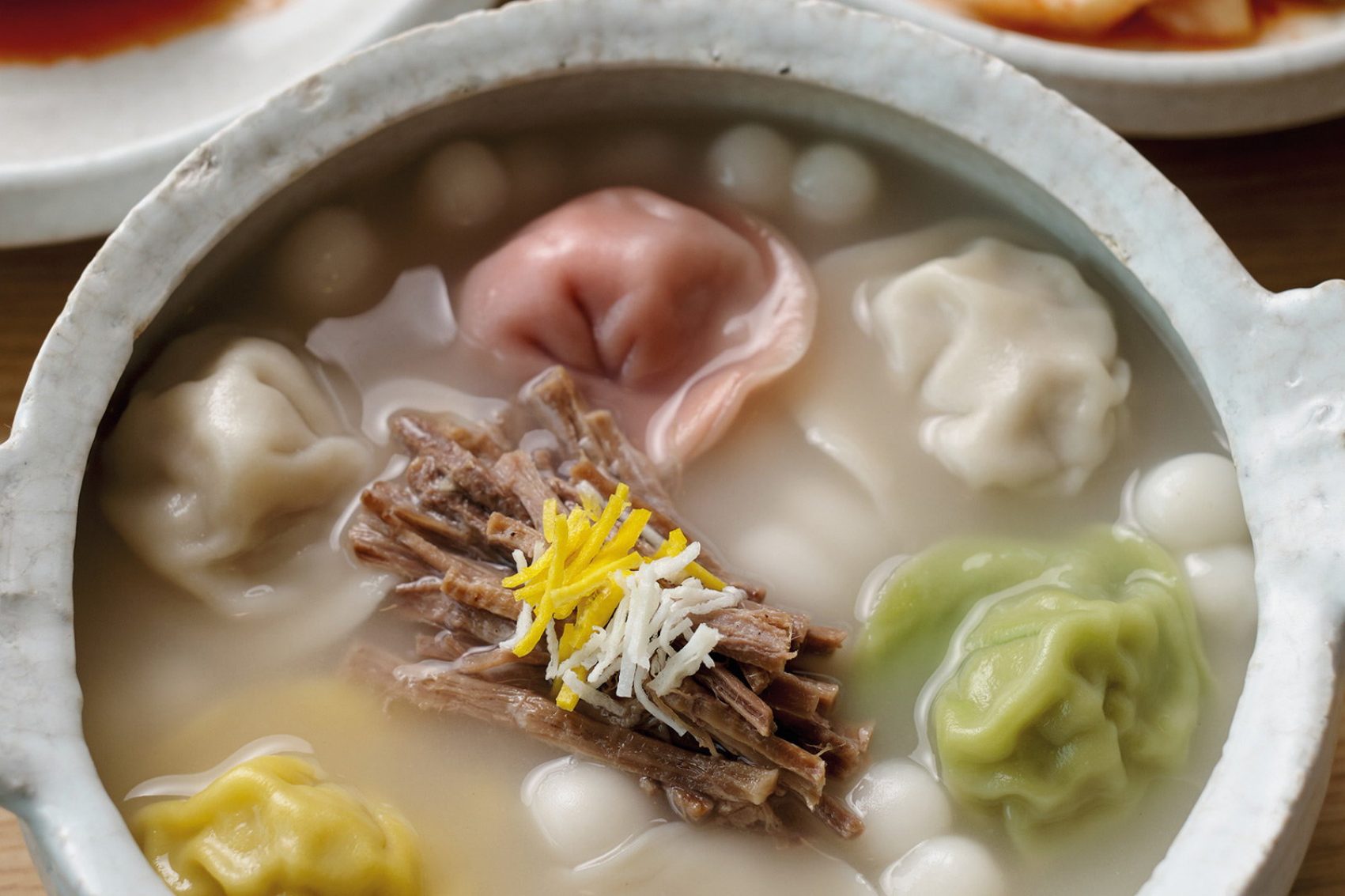
Credit: Dylan Goldby
‘North Koreans love soup, so hot noodles had always been our staple,’ says Lee when I ask her to describe her daily diet back in North Korea. ‘I remember eating them with kimchi soup, soy milk or mung bean soup. My favourites, though, were rice cake and kimchi dumplings. However, nowadays there aren’t many opportunities to try authentic North Korean cuisine at its place of origin,’ she says. For visitors, the country is all but closed off. And for North Koreans, there are continual food shortages. ‘Pansanggi, or the North Korean-style traditional multi-course meal, is now rarely available to locals.’

Credit: DYLAN GOLDBY
Woo Lae Oak (literally ‘House of Return’), is known for its signature Pyongyang-style naengmyeon, or cold buckwheat noodles. The restaurant was founded in 1946 by the Jang family, who fled to South Korea after the Second World War. The family has since grown the brand and expanded internationally, opening a branch in the US that has received esteemed diners including Barack Obama.
Pyongyang naengmyeon is a dish with a long history, and it became world-famous after being put on the menu for North Korean leader Kim Jong-un and South Korean President Moon Jae-in at the April 2018 Inter-Korean Summit. Since then, naengmyeon has become the face of North Korean cuisine, cold noodles which have perhaps become a symbol of warming diplomatic relations between the two sides.
After sampling a number of renditions of Pyongyang naengmyeon, Woo Lae Oak’s is the best I taste – the noodles are springy, and the rich and nutty flavour of buckwheat pairs perfectly with its light yet umami-heavy meat broth. Besides this signature dish, Kyung-bin and I are tempted by Woo Lae Oak’s delicious beef bulgogi (grilled marinated beef). ‘The most obvious differences between North and South Korean-style barbecue is that we don’t grill vegetables with the meat in the north,’ the manager explains as she cooks succulent pieces of beef shoulder and shank for us.
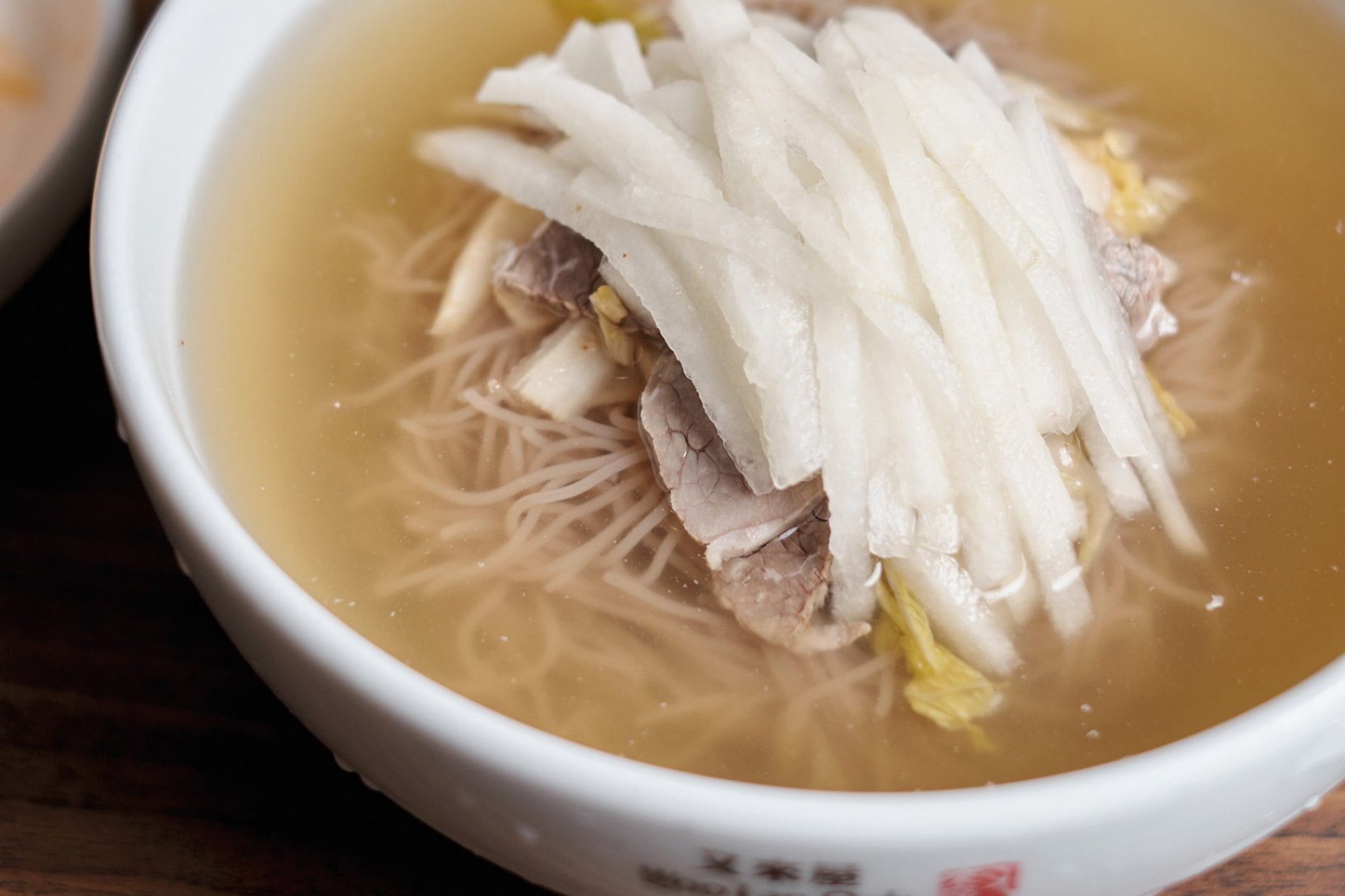
Credit: DYLAN GOLDBY
Another popular North Korean cold noodle dish is the Hamheung naengmyeon, named after North Korea’s second-largest city. This version is prepared like a pasta dish – using noodles made from potato or sweet potato flour, tossed in a chilli sauce and served with some vinegar on the side. One of the most authentic renditions is found at Banryongsan in Gangnam-gu, which also serves other Hamheung classics like garit gukbap (tofu and beef rice soup) and gajami sikhae (spicy pickled sole).

Credit: DYLAN GOLDBY
According to owner Jeong Sang-hyeok, the restaurant is a tribute to his mother’s hometown, and has been serving the same menu for more than 40 years.
Returning to me my hotel with a full stomach, I leaf through the Korea Joongang Daily and come across a reference to a UN report that says as many as 12.2 million North Koreans – almost half of the population – were undernourished between 2016 and 2018 due to chronic food shortages. It makes me think of something Dr Lee said, when I asked her about her hopes for the future of her homeland: ‘I hope everyone will be able to enjoy peace and plenty of good meals in my lifetime.’ I can’t think of a more worthwhile dream.
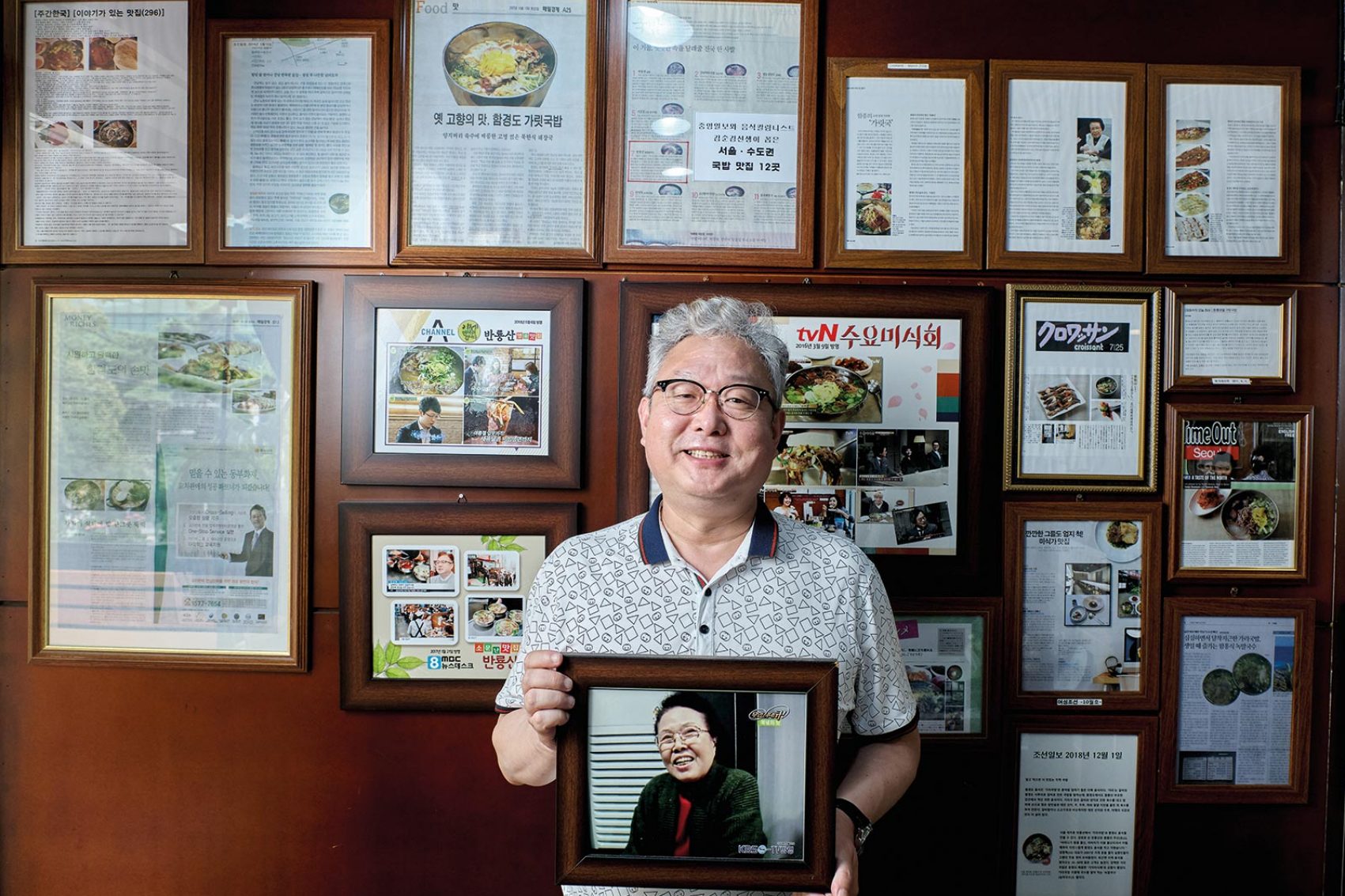
Credit: DYLAN GOLDBY
Michelin-starred chef Kim Sung-il on inspirations for his haute Korean cuisine
Centrally located in Jung-gu, the Shilla Seoul is the perfect base for any food expedition around the South Korean capital. The hotel’s La Yeon restaurant is the first-ever Korean restaurant to earn three Michelin stars. We talk to executive chef Kim Sung-il about putting a modern spin on classic cuisine.

Credit: The Shilla Hotel
How are the traditions of Korean cuisine reflected at La Yeon?
My team and I take cues from recipes and techniques in the Sooeunjapbang, a cookbook that was written more than 500 years ago, to come up with new ideas. For instance, we have a 10-course tasting menu that features modern interpretations of these age-old recipes.
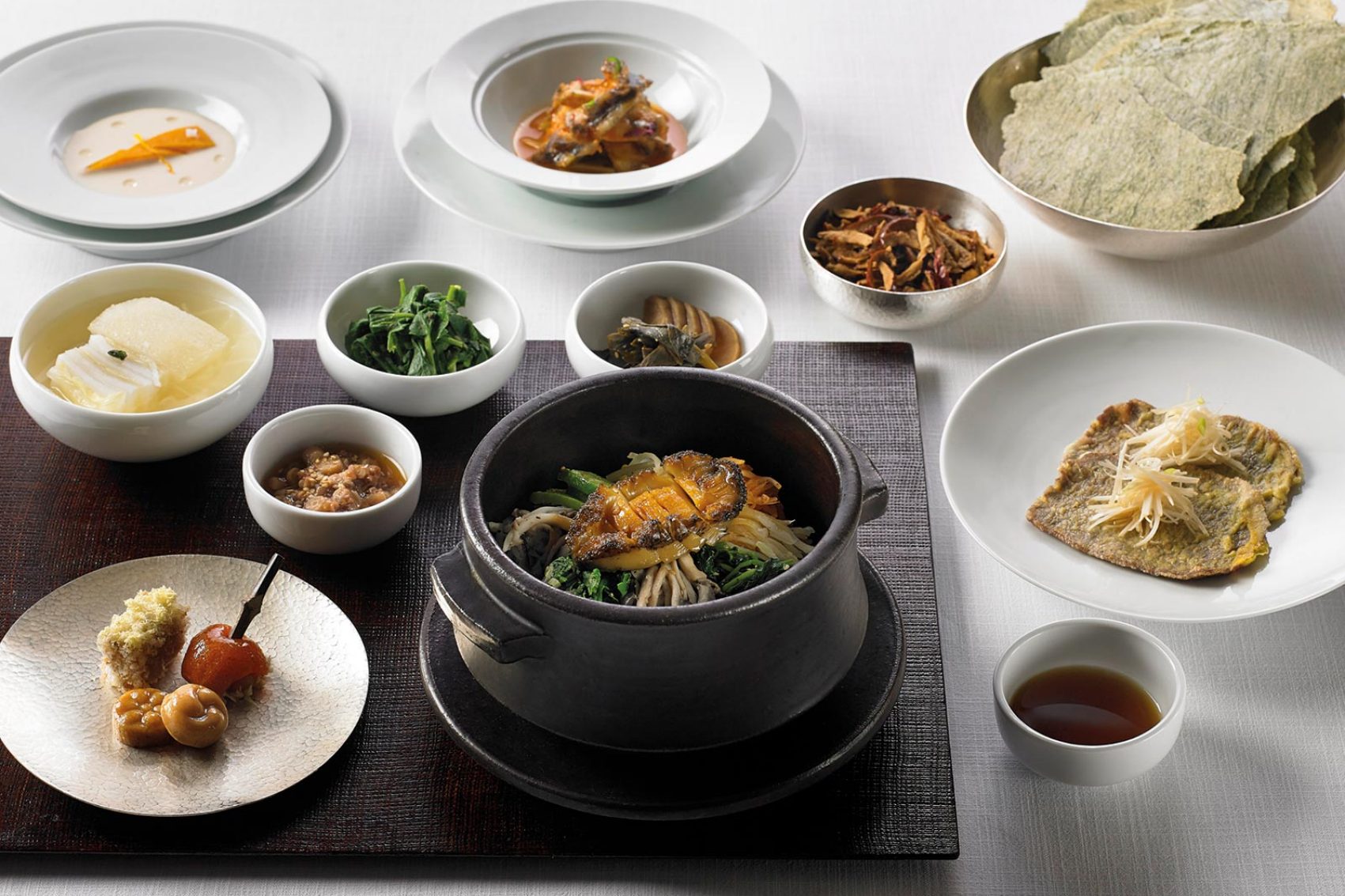
Credit: The Shilla Hotel
What’s one traditional Korean dish that everyone should know about?
Gujeolpan, the platter of nine delicacies, once symbolized harmony in the kingdom. The eight provinces of Korea contributed produce to the court, and in this dish they were wrapped in miljeonbyeong (buckwheat pancake roll). At La Yeon we age our pancakes overnight with Solomon’s seal tea.
This story was originally published in October 2019 and updated in September 2020
Interpreters: Eden Jang and Eim Hui-Yeon
Hero image credit: DYLAN GOLDBY
11 must-try Korean dishes
Seoul’s evolving cityscape
Gangneung: A breezy escape from Seoul
Seoul travel information
- China – the Chinese Mainland, Hong Kong SAR, Macao SAR and Taiwan Region
- Hong Kong SAR - English
- Chinese Mainland (China) - English
- Taiwan China - English
- 香港特別行政區 - 繁體中文
- 中国內地 - 简体中文
- 中國台灣 - 繁體中文
- Africa
- South Africa - English
- Asia
- Bangladesh - English
- Korea - English
- Singapore - English
- Cambodia - English
- 한국 - 한국어
- Sri Lanka - English
- India - English
- Malaysia - English
- Thailand - English
- Indonesia - English
- Maldives - English
- ประเทศไทย - ภาษาไทย
- Indonesia - Bahasa Indonesia
- Myanmar - English
- Vietnam - English
- Japan - English
- Nepal - English
- Việt Nam - tiếng Việt
- 日本 - 日本語
- Philippines - English
- Australasia
- Australia - English
- New Zealand - English
- Europe
- Belgium - English
- France - Français
- Россия - Русский
- Denmark - English
- Ireland - English
- Schweiz - Deutsch
- Deutschland - Deutsch
- Italia - Italiano
- United Kingdom - English
- España - Español
- Nederland - Nederlands
- Middle East
- Bahrain - English
- Saudi Arabia - English
- United Arab Emirates and Qatar - English
- Israel - English

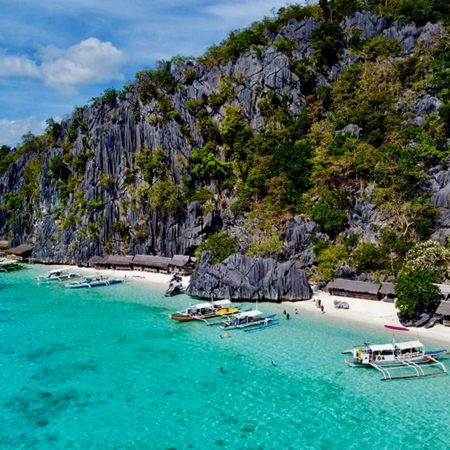


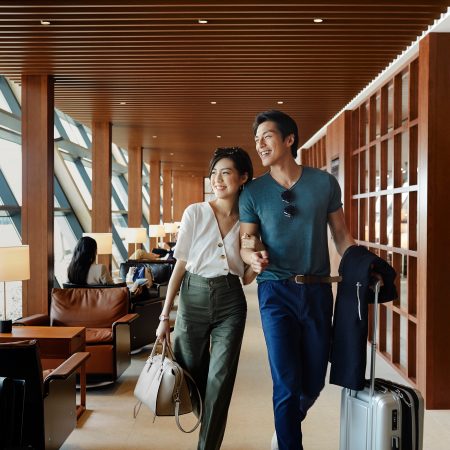
.renditionimage.450.450.jpg)

